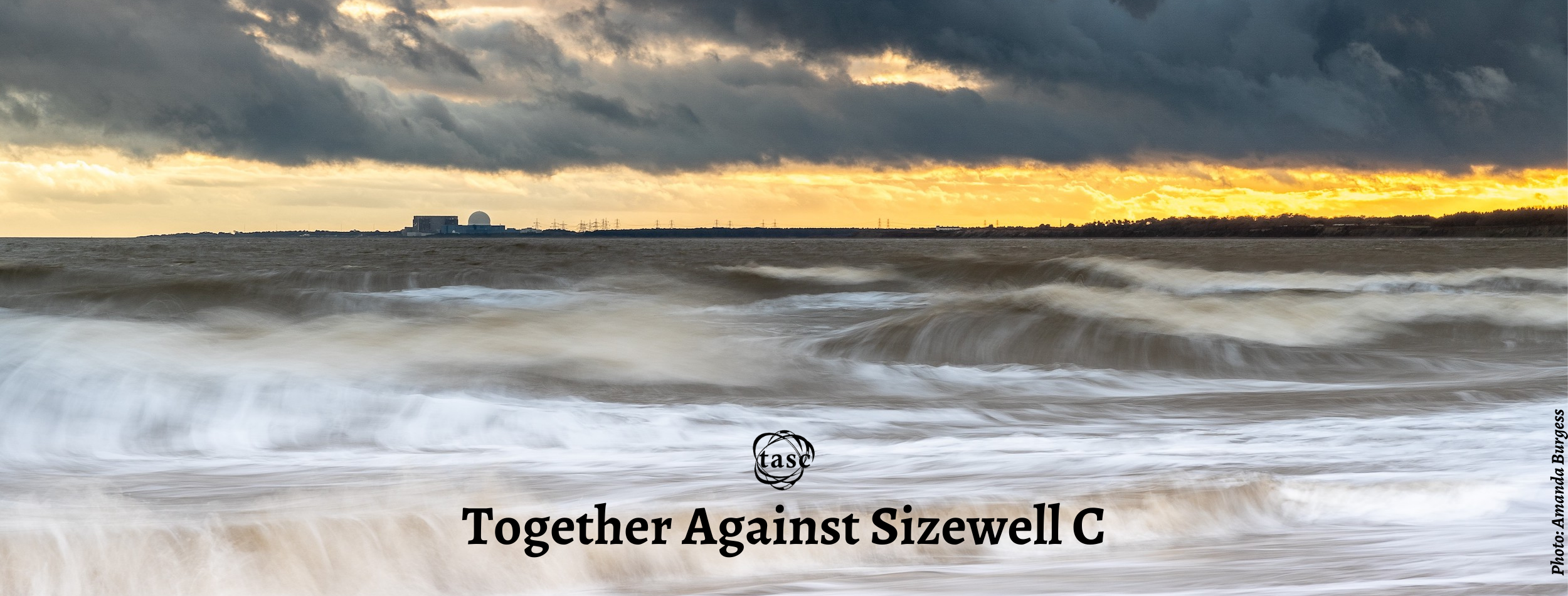
Johnson will drop wind farms in favour of more nuclear power stations

Boris Johnson is expected to drop plans to treble the number of onshore wind turbines and will instead “go for nuclear” by committing to up to seven new plants.
Kwasi Kwarteng, the business secretary, proposed more than doubling onshore wind turbines from 14GW to 30GW by 2030, with the bulk of the new turbines in Scotland.
He has also suggested that the government could go even further by trying to hit a bigger target of 45GW of energy from offshore wind by 2035.
However, the prime minister is concerned about growing Tory opposition to the issue. The energy strategy, which is published from Thursday, will drop the targets but commit to reviewing the national planning policy framework so more wind farms can be built where local communities support them. There has been an effective moratorium on the construction of onshore wind since 2015.
Ministers are discussing incentives such as lower electricity bills that could be offered to people in exchange for agreeing to have wind farms built near them.
This morning Grant Shapps, the transport secretary, made clear that he did not “favour a vast increase in onshore wind farms”, which he called an “eyesore”.
He told Sophy Ridge on Sky News: “I don’t favour a vast increase in onshore wind farms, for pretty obvious reasons – they sit on the hills there and can create something of an eyesore for communities as well as actual problems of noise as well. So I think for reasons of environmental protection, the way to go with this is largely, not entirely, but largely off-sea.”
Pressed on whether that means the idea of a “big increase in the number of onshore wind farms” is “effectively off the table for now”, he said: “I’d urge you to wait for the energy strategy later in the week. But my thinking is what you really want to do is develop in other ways — nuclear, we will have offshore wind. I don’t think you want a huge expansion of onshore wind.
“There may be cases where it makes sense, but I think by and large we’ve established . . . that offshore works very well. And by the way, it’s providing quite a lot of our electricity already.” Johnson will instead focus on nuclear with a pledge to generate as much as 24GW of electricity from nuclear power by 2050.
It could also lead to big exposure for taxpayers. The government is expected to announce later this year that it will take a 20 per cent stake in Sizewell C, EDF’s £20 billion proposed nuclear power station in Suffolk.
A government source said that it expected a similar approach for future nuclear power stations. “These things don’t happen without significant government involvement,” the source said.
The energy security strategy is expected to involve the government committing to the construction of at least two new big by 2030 in addition to small modular nuclear reactors. Johnson also used a meeting with renewable energy firms to urge the industry to build a “colossal” offshore wind farm in the Irish Sea within the next 12 months.
He said that he has a dream that a giant floating wind farm could provide “gigawatts of energy and do it within a decade”.
Ed Miliband, the shadow climate change secretary, said: “Families across the country are paying more on their energy bills because of the government’s moratorium on onshore wind, the cheapest power available.
“Now the government seems to be backing off rumoured plans to scrap the ban, all because of pressure from the same Tory backbenchers who got it imposed in the first place.”

